Introduction
Mac OS Monterey is the latest version of Apple’s operating system for Mac computers, offering exciting new features and enhancements. Whether you are a long-time Mac user or new to the platform, you may be eager to experience the wonders of this upgraded system. This article will guide you through the process of downloading and installing Mac OS Monterey.
With Mac OS Monterey, Apple has focused on improving productivity, enhancing connectivity, and streamlining the user experience. From the redesigned Safari browser to the powerful new Focus mode and the convenience of Universal Control, this operating system brings a host of innovative features to your Mac.
Before diving into the steps for downloading Mac OS Monterey, it is important to ensure that your device meets the system requirements. This new version requires a compatible Mac model, a sufficient amount of storage space, and a compatible version of macOS already installed.
By following the steps outlined in this article, you will be able to download and install Mac OS Monterey and explore its exciting new features. So, let’s get started!
NOTE: It is recommended to backup your data before proceeding with the installation process. This will ensure the safety of your files and allow you to restore them if any issues arise during the upgrade.
Step 1: Check System Requirements
Before you begin the process of downloading Mac OS Monterey, it is important to ensure that your Mac meets the system requirements. This will ensure a smooth and successful installation of the operating system. Here are the system requirements for Mac OS Monterey:
- MacBook models from early 2016 or newer
- MacBook Air models from early 2015 or newer
- MacBook Pro models from late 2013 or newer
- iMac models from late 2015 or newer
- iMac Pro models from late 2017 or newer
- Mac mini models from late 2014 or newer
- Mac Pro models from late 2013 or newer
In addition to the specific Mac models, your device needs to have at least 4GB of memory and 30GB of available storage space. It is recommended to have a solid-state drive (SSD) for optimal performance.
Furthermore, your Mac should be running macOS High Sierra (10.13) or later. It is important to note that some features of Mac OS Monterey may not be available on older Mac models or may require specific hardware configurations.
To check the system requirements, click on the Apple menu in the top-left corner of your screen, select “About This Mac,” and navigate to the “Overview” tab. Here, you will find information about your Mac model, memory, and the version of macOS currently installed.
If your Mac meets the system requirements, you are ready to move on to the next step. However, if your Mac does not meet the requirements, you may need to consider upgrading your hardware before proceeding with the installation.
Step 2: Backup Your Data
Prior to the installation of Mac OS Monterey, it is highly recommended to back up your data. This precautionary measure ensures the safety of your important files and provides a way to restore them in case of any unexpected issues during the upgrade process.
There are several methods to back up your data on a Mac:
- Time Machine: Apple’s built-in backup solution, Time Machine, allows you to create a complete backup of your Mac. Connect an external storage device, such as an external hard drive, and set up Time Machine. It will automatically back up your files, including your apps, documents, photos, and settings.
- iCloud: If you have sufficient iCloud storage, you can leverage it to back up your important files. iCloud syncs your documents, photos, and other data seamlessly across your devices, ensuring they are readily available.
- Third-Party Backup Software: There are several third-party backup solutions available in the market that offer more advanced features and flexibility. Popular options include Carbon Copy Cloner, SuperDuper, and Acronis True Image.
Whichever method you choose, ensure that your backup is complete and up to date before proceeding with the installation. Take note of any external storage devices or cloud accounts that you used for the backup, as you will need access to them to restore your files later.
Backing up your data ensures that you can easily recover any lost files or revert to your previous system if necessary. It provides peace of mind during the upgrade process and allows you to enjoy the new features of Mac OS Monterey without the worry of losing important data.
Once your backup is complete, you are ready to move on to the next step of the installation process.
Step 3: Sign up for the Apple Beta Software Program
If you want to get early access to Mac OS Monterey and be a part of testing new features and providing feedback to Apple, you can sign up for the Apple Beta Software Program. This program allows developers and enthusiasts to try out pre-release versions of macOS and other Apple software. Here’s how you can sign up:
- Visit the Apple Beta Software Program website in your web browser.
- Click on the “Sign up” button and enter your Apple ID and password.
- Agree to the terms and conditions of the program.
- Enroll your Mac by downloading the macOS Public Beta Access Utility.
- Once downloaded, open the utility and follow the on-screen instructions to install it.
After enrolling your Mac, you will receive macOS beta updates through the Software Update mechanism in System Preferences. It is essential to note that beta versions of macOS may contain bugs or other issues, so it is advisable to install them on a secondary device or on a separate partition if you have important work on your Mac.
The Apple Beta Software Program not only gives you early access to new features but also allows you to provide valuable feedback to Apple. This feedback helps Apple identify and address any issues or improvements during the development process. As a participant in the program, you can submit feedback directly through the Feedback Assistant app, which is installed with the beta software.
Keep in mind that participation in the Apple Beta Software Program is voluntary, and you can choose to opt-out at any time. If you decide to leave the program, you can simply uninstall the beta software and continue with the stable version of macOS.
Once you have signed up for the Apple Beta Software Program and enrolled your Mac, you are ready to move on to the next step of downloading and installing Mac OS Monterey.
Step 4: Enroll Your Device
Now that you have signed up for the Apple Beta Software Program, the next step is to enroll your device to gain access to the Mac OS Monterey beta. Here’s how you can enroll your device:
- Go to the Apple Beta Software Program website and sign in with your Apple ID that you used to sign up for the program.
- From the main page, click on the “Enroll Your Devices” option in the top navigation menu.
- Scroll down to the macOS section and click on the “Download the macOS Public Beta Access Utility” link.
- Once downloaded, open the utility and follow the on-screen instructions to install it.
- After the installation is complete, launch the Software Update preference pane in System Preferences.
- Your Mac will check for any available updates, including the Mac OS Monterey beta. If the update is found, click on the “Upgrade Now” button to begin the installation process.
During the enrollment process, it’s important to note that you will be installing a beta version of Mac OS Monterey. Beta software is still in the testing phase and may contain bugs or other issues. It is recommended to install beta software on a secondary device or on a separate partition if you have important work on your Mac.
Enrolling your device allows you to receive and install future beta updates through the Software Update mechanism. You will also have access to the Feedback Assistant app, which you can use to provide feedback to Apple about any issues or enhancements you encounter during your usage of Mac OS Monterey beta.
Remember, participating in the beta program is entirely voluntary, and if you decide to leave the program, you can opt-out at any time. Simply uninstall the beta software and continue with the stable version of macOS.
Once you have enrolled your device, you are ready to move on to the next step of downloading and installing Mac OS Monterey on your Mac.
Step 5: Download macOS Monterey
Now that you have enrolled your device in the Apple Beta Software Program, it’s time to download macOS Monterey onto your Mac. Follow these steps to download the beta version of the operating system:
- Go to the Apple menu and select “System Preferences.”
- In System Preferences, click on “Software Update.”
- Wait for your Mac to check for updates and display the available macOS Monterey beta.
- Click on the “Upgrade Now” button to begin the download and installation process.
- Depending on your internet speed and the size of the update, it may take some time for the download to complete. Ensure that your Mac is connected to a stable and reliable internet connection during the download.
- Once the download is finished, your Mac will automatically begin the installation process. Follow the on-screen instructions to complete the installation.
- During the installation, your Mac may restart multiple times. It is important to avoid interrupting the process to prevent any potential issues or data loss.
While downloading macOS Monterey, it is advised to keep your Mac plugged into a power source to ensure uninterrupted power supply throughout the installation process.
It’s worth reiterating that the macOS Monterey beta is pre-release software, still in the testing phase. Therefore, there may be unexpected bugs or performance issues. If you encounter any significant issues, you can choose to revert to your previous stable macOS installation or provide feedback to Apple through the Feedback Assistant app.
Once the installation is complete, your Mac will reboot into macOS Monterey, and you will be able to experience all its new features and enhancements.
Now that you have successfully downloaded and installed macOS Monterey, it’s time to explore the exciting new features and enjoy the enhanced capabilities of your Mac.
Step 6: Install macOS Monterey
With macOS Monterey successfully downloaded onto your Mac, it’s time to install the new operating system. Follow these steps to complete the installation process:
- Once the download is complete, you will receive a notification asking you to begin the installation. Click on “Continue” to proceed.
- Read and accept the software license agreement by clicking on “Agree.”
- Choose the disk where you want to install macOS Monterey. If you only have one disk, it will be selected automatically.
- Click on “Install” and enter your administrator password when prompted.
- The installation process will begin, and your Mac will restart multiple times. This is normal, and it’s important not to interrupt the process.
- During the installation, you may see a progress bar indicating the status of the installation. The length of the installation process can vary depending on the speed of your Mac and the complexity of your system.
- After the installation is complete, your Mac will restart for the final time, and you will be greeted with the setup assistant.
- Follow the on-screen instructions to set up your Mac with macOS Monterey, including signing in with your Apple ID, configuring preferences, and transferring data if desired.
Once the setup process is complete, you’re ready to explore the exciting new features and improvements of macOS Monterey. Take some time to familiarize yourself with the new functionalities, such as the redesigned Safari browser, enhanced FaceTime capabilities, improved Focus mode, and the convenient Universal Control.
It’s worth noting that during the installation, your Mac may migrate your existing apps, documents, settings, and other data to ensure a smooth transition. However, it’s always a good idea to check that all your important files and applications are intact before proceeding with your regular work or activities.
Now that you have successfully installed macOS Monterey, you can enjoy the new features and enhanced performance on your Mac. If you encounter any issues or have feedback, be sure to provide it to Apple through the Feedback Assistant app or participate in the Apple Beta Software Program community.
Step 7: Explore New Features
Now that you have installed macOS Monterey on your Mac, it’s time to delve into the exciting new features and enhancements that the operating system brings. Here are some key features to explore:
- Focus Mode: Take advantage of Focus mode, which allows you to customize your notifications and prioritize your work or leisure activities. You can create custom focus modes and choose which notifications and apps are allowed during those times.
- Redesigned Safari: Experience the revamped Safari browser, which offers a more streamlined and intuitive browsing experience. Enjoy features like grouped tabs, tab bar customization, and improved privacy settings.
- Universal Control: If you have multiple Apple devices, Universal Control is a game-changer. Seamlessly move between your Mac and iPad using the same mouse and keyboard. You can even drag and drop content between devices effortlessly.
- Enhanced FaceTime: Connect with your loved ones using improved FaceTime capabilities. Enjoy spatial audio, background noise reduction, and the ability to share FaceTime links with non-Apple device users.
- Live Text: Use Live Text to extract text from images and make it searchable and selectable. This feature can be particularly useful for scanning documents, translating text, or capturing information from photos.
These are just a few highlights of the many innovative features available in macOS Monterey. Spend some time exploring and experimenting with the new functionalities to fully leverage the power and convenience of the latest operating system.
Additionally, keep in mind that third-party apps and developers continue to optimize their software for macOS Monterey. As time goes on, you can expect more apps to take advantage of the new features and provide an even better user experience.
Don’t hesitate to explore system preferences, app settings, and documentation to discover other hidden gems that macOS Monterey has to offer. Enjoy the improved performance, expanded capabilities, and enhanced user interface as you navigate through your Mac.
Remember that as a participant in the Apple Beta Software Program, your feedback is valuable in shaping the final version of macOS Monterey. If you encounter any issues, experience problematic behavior, or have suggestions for improvements, be sure to provide feedback to Apple through the Feedback Assistant app.
Now that you’re ready to explore the new features, enjoy your enhanced Mac experience with macOS Monterey!
Conclusion
Congratulations! You have successfully gone through the process of downloading and installing macOS Monterey on your Mac. By following the steps outlined in this guide, you have gained access to a wealth of exciting new features and improvements that Apple has introduced in this latest operating system.
From the redesigned Safari browser and powerful Focus mode to the convenience of Universal Control and enhanced FaceTime capabilities, macOS Monterey offers a range of functionalities to enhance your productivity and overall Mac experience.
Remember, as a participant in the Apple Beta Software Program, your feedback is vital in refining the operating system and addressing any issues or bugs that may arise. Take the opportunity to provide feedback through the Feedback Assistant app and be an integral part of shaping the final version of macOS Monterey.
Throughout the installation and exploration process, it’s important to keep in mind that macOS Monterey is a beta version, and there may be unexpected issues or bugs. It’s always a good idea to back up your data before installing any software and make sure you are prepared for any potential challenges that may arise.
As developers and third-party apps continue to optimize their software for macOS Monterey, you can expect even more seamless integration and enhanced experiences across your devices.
Now that you have macOS Monterey installed on your Mac, take the time to explore and utilize the numerous new features and improvements. Leverage the enhanced capabilities of your Mac and maximize your productivity and enjoyment while using your device.
Thank you for following this guide, and we hope that you have a fantastic experience with macOS Monterey!







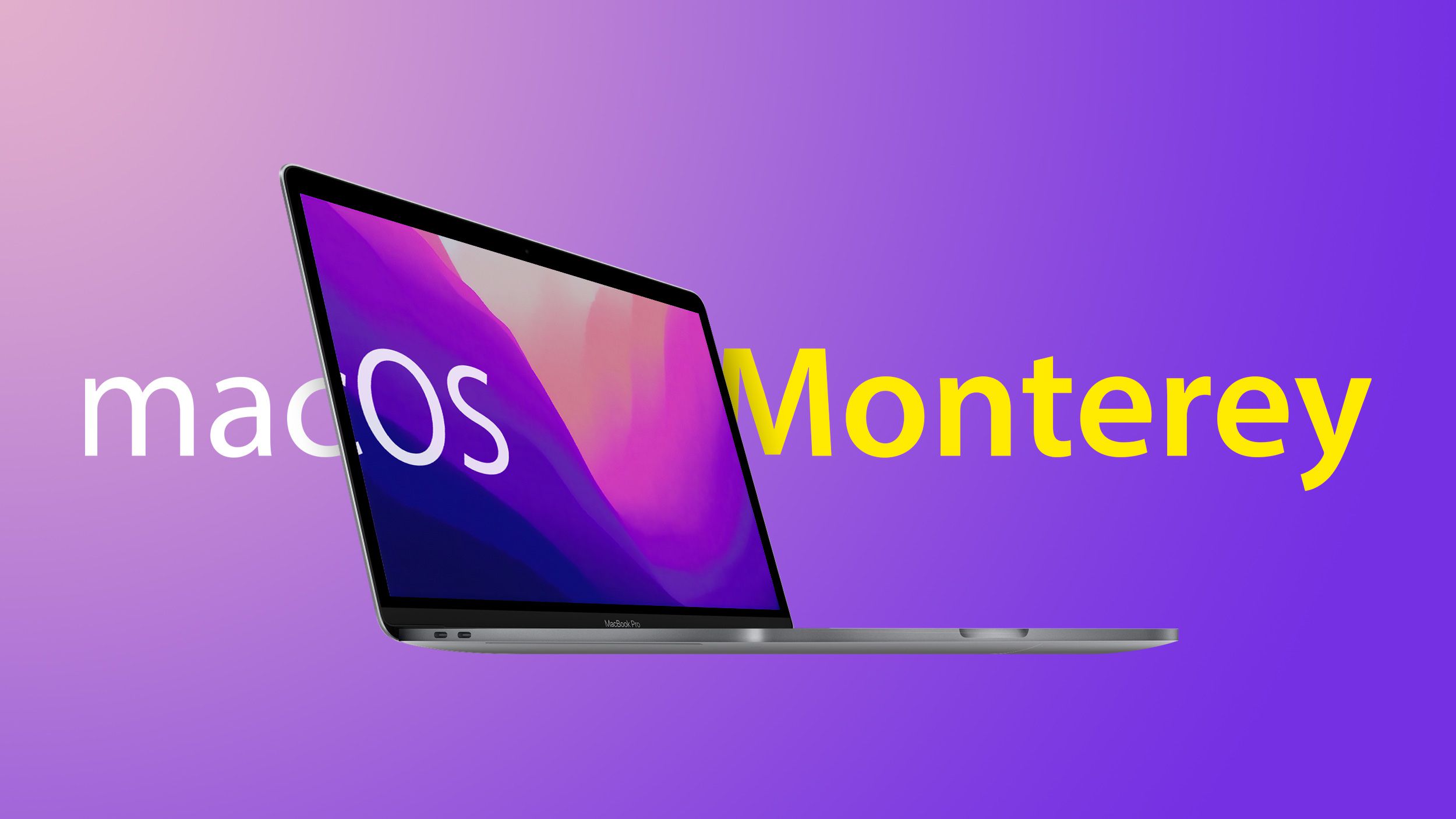


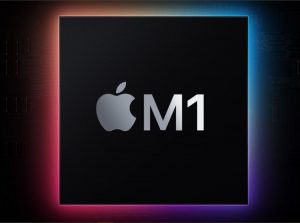
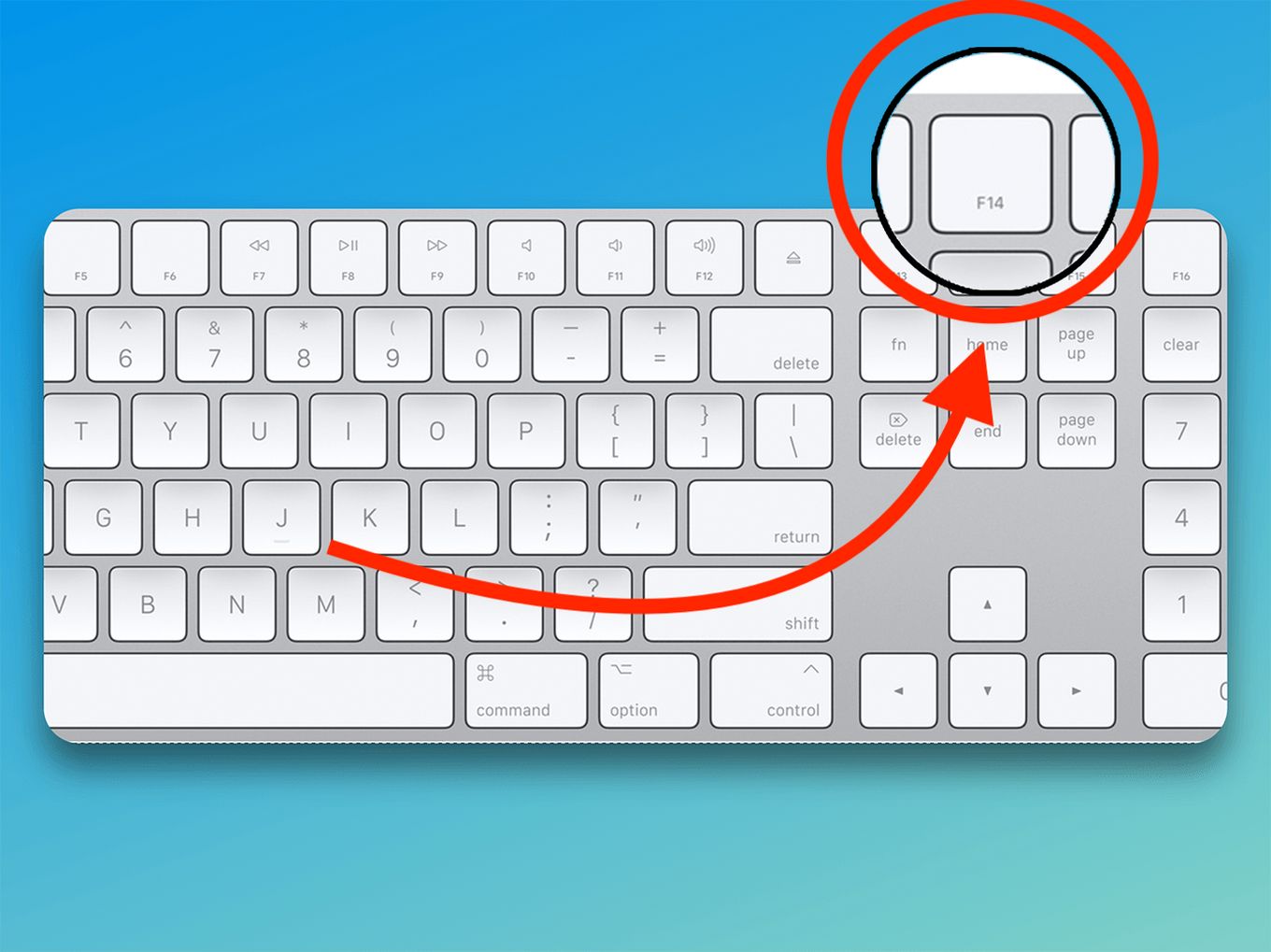

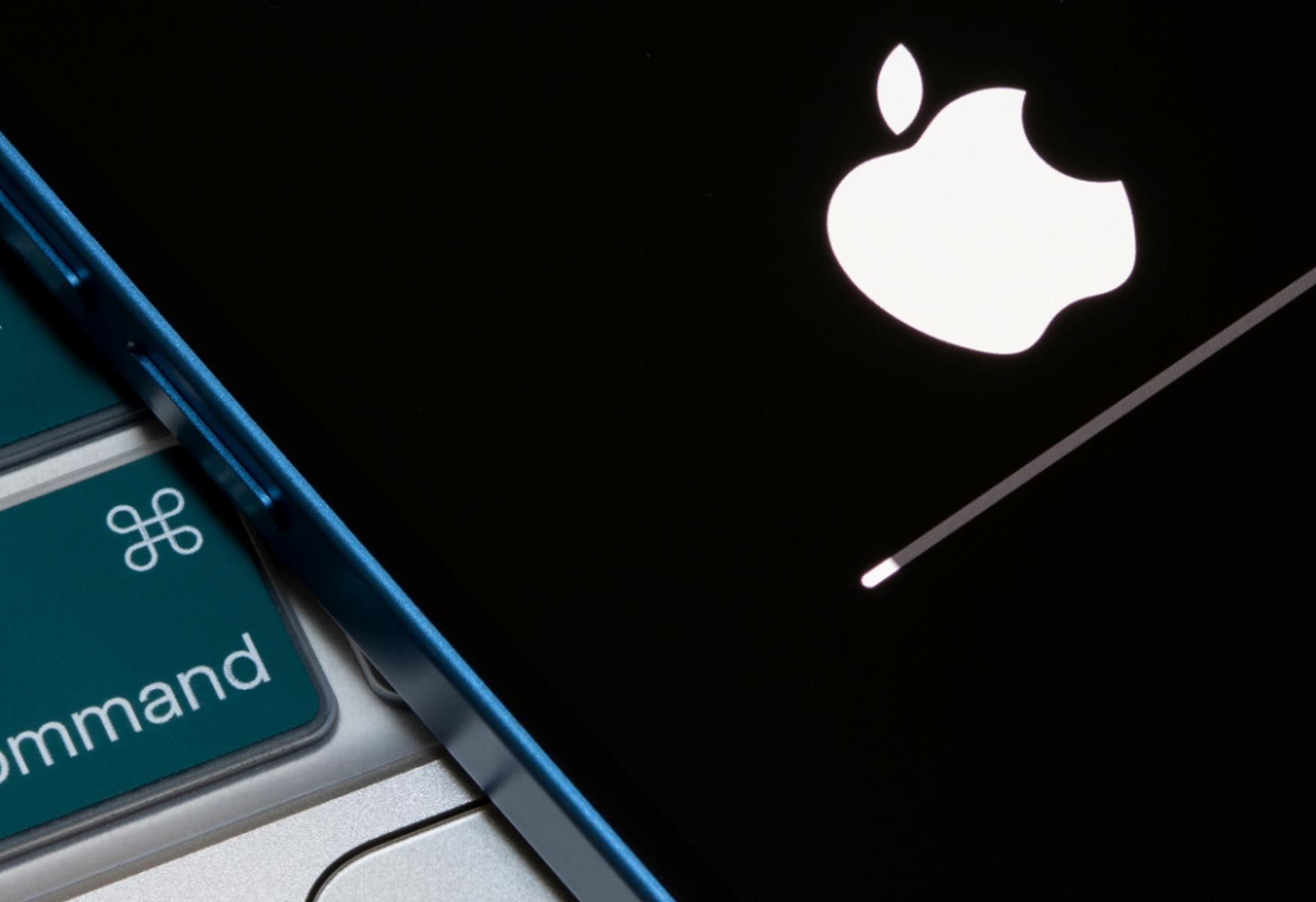
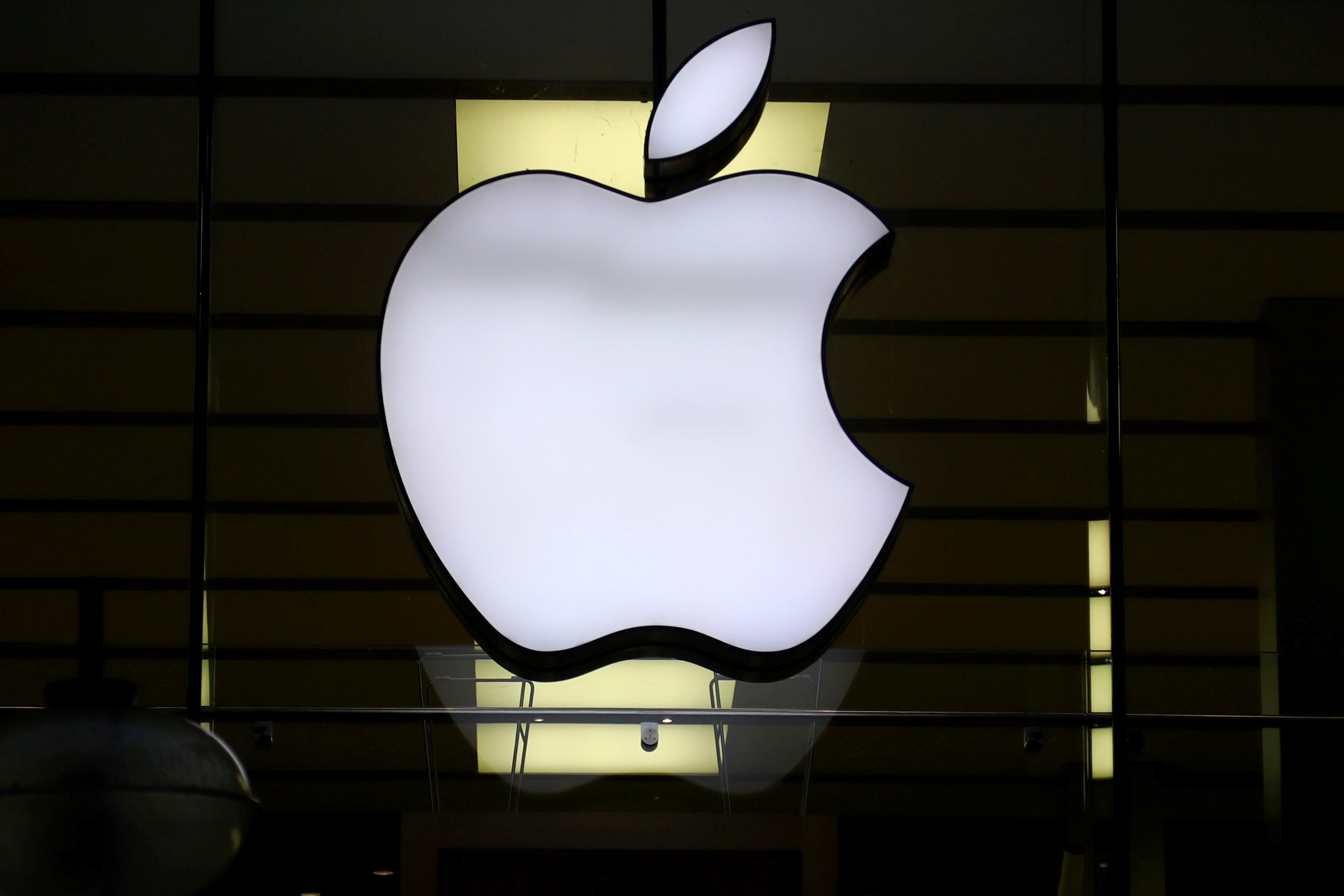

![What is System Data on Mac and How to Delete It [GUIDE]](https://robots.net/wp-content/uploads/2022/07/what-is-system-data-on-mac-featured-300x175.jpg)








